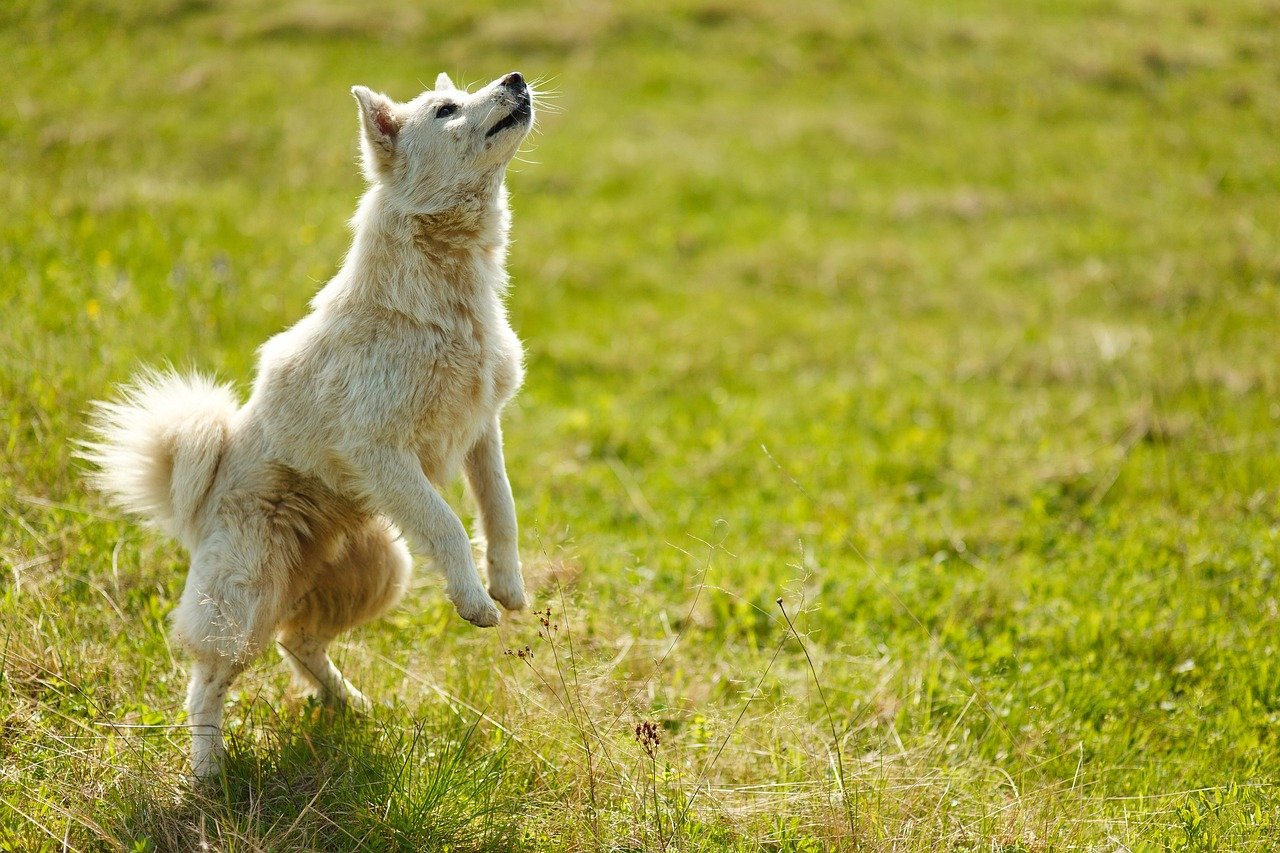Separation anxiety in dogs can be a heart-wrenching issue for both pets and their owners. Imagine leaving the house only to return to a scene of destruction, or worse, knowing your furry friend is in distress while you’re gone. This emotional challenge is more common than you might think and affects a wide range of breeds and ages. Fortunately, with some understanding, patience, and proper techniques, you can help your beloved companion manage and overcome this anxiety.
Understanding the Roots of Separation Anxiety

Separation anxiety doesn’t occur out of nowhere. It’s deeply rooted in a dog’s instinctual need to be part of a pack. Dogs are social animals, and they thrive on constant companionship. When this bond is disrupted, it can lead to feelings of panic and anxiety. Many dogs develop separation anxiety due to a history of abandonment, sudden changes in routine, or even genetics. Recognizing these root causes can be the first step in addressing the issue. For instance, if you’ve recently moved homes or changed your schedule, your dog may feel unsettled. It’s important to remember that their reaction isn’t out of spite, but rather a genuine fear of being left alone.
Recognizing the Symptoms

Identifying the symptoms of separation anxiety can be crucial in managing it effectively. Dogs with separation anxiety may exhibit behaviors such as excessive barking, howling, destructive chewing, or even attempts to escape. They might also drool excessively or show signs of depression when they sense you’re about to leave. Some dogs may even refuse to eat or drink when left alone. Observing these behaviors can help you determine if your dog is suffering from separation anxiety rather than just boredom. It’s essential to differentiate between normal boredom-induced behavior and genuine anxiety, as the latter requires a more focused approach.
Gradual Desensitization Techniques

One of the most effective ways to manage separation anxiety is through gradual desensitization. This process involves slowly getting your dog accustomed to being alone. Start by leaving your dog alone for short periods, gradually increasing the time as they become more comfortable. You can begin by simply stepping out of the room for a few minutes, then extending the duration over time. Offering a special treat or toy that they only receive when you’re away can create a positive association with your absence. This technique can be a slow process, requiring patience and consistency, but it can significantly reduce your dog’s anxiety over time.
Creating a Safe and Comfortable Environment

Providing a safe and comfortable environment can make a significant difference in your dog’s anxiety levels. Consider creating a cozy space, such as a crate or a specific room, where your dog feels secure. This area should be filled with their favorite toys, blankets, and maybe even an item of your clothing to offer comfort. Additionally, leaving a radio or television on can provide background noise that mimics the sounds of a household. The goal is to make your dog’s alone time as stress-free as possible, turning their attention away from your absence and towards their environment.
Incorporating Routine and Exercise

Dogs thrive on routine. A structured schedule can provide them with a sense of security and predictability. Regular feeding times, walks, and play sessions can help reduce anxiety by giving your dog something to look forward to. Exercise is also a crucial component in managing separation anxiety. A tired dog is less likely to feel anxious, as they’re more likely to rest while you’re away. Consider taking your dog for a long walk or engaging them in a vigorous play session before you leave. This not only expends energy but also stimulates their mind, providing a positive distraction from your absence.
Seeking Professional Help

Sometimes, despite your best efforts, managing separation anxiety can be overwhelming. In such cases, seeking professional help can be beneficial. A veterinarian or a certified animal behaviorist can provide guidance and may even suggest medication or specialized training techniques. They can work with you to develop an individualized plan tailored to your dog’s specific needs. Remember, seeking help is not a sign of failure; it’s a proactive step in ensuring your dog’s well-being. With the right support, both you and your dog can find relief from the challenges of separation anxiety.
In conclusion, managing separation anxiety in dogs requires time, patience, and understanding. By recognizing the symptoms and implementing strategies such as gradual desensitization, creating a comforting environment, and maintaining a routine, you can help ease your dog’s anxiety. Always consider professional guidance if necessary, as experts can provide valuable insights and support. Remember, every dog is unique, and what works for one may not work for another, so be patient and persistent in finding the best solution for your furry friend.

Esther is from India; the heartbeat of South Asia, holding a Master’s degree in Zoology and a postgraduate diploma in Animal Welfare. Her enthusiasm for animal welfare drives her passion and dedication to working for animals, ensuring their well-being, and advocating for their rights. With a solid academic background and hands-on experience, she is committed to making a positive impact in the field of animal welfare. In her free time, she enjoys embroidery and sewing. As a Chennaite from Tamil Nadu, Esther loves Bharathanatyam, an Indian classical dance form.






